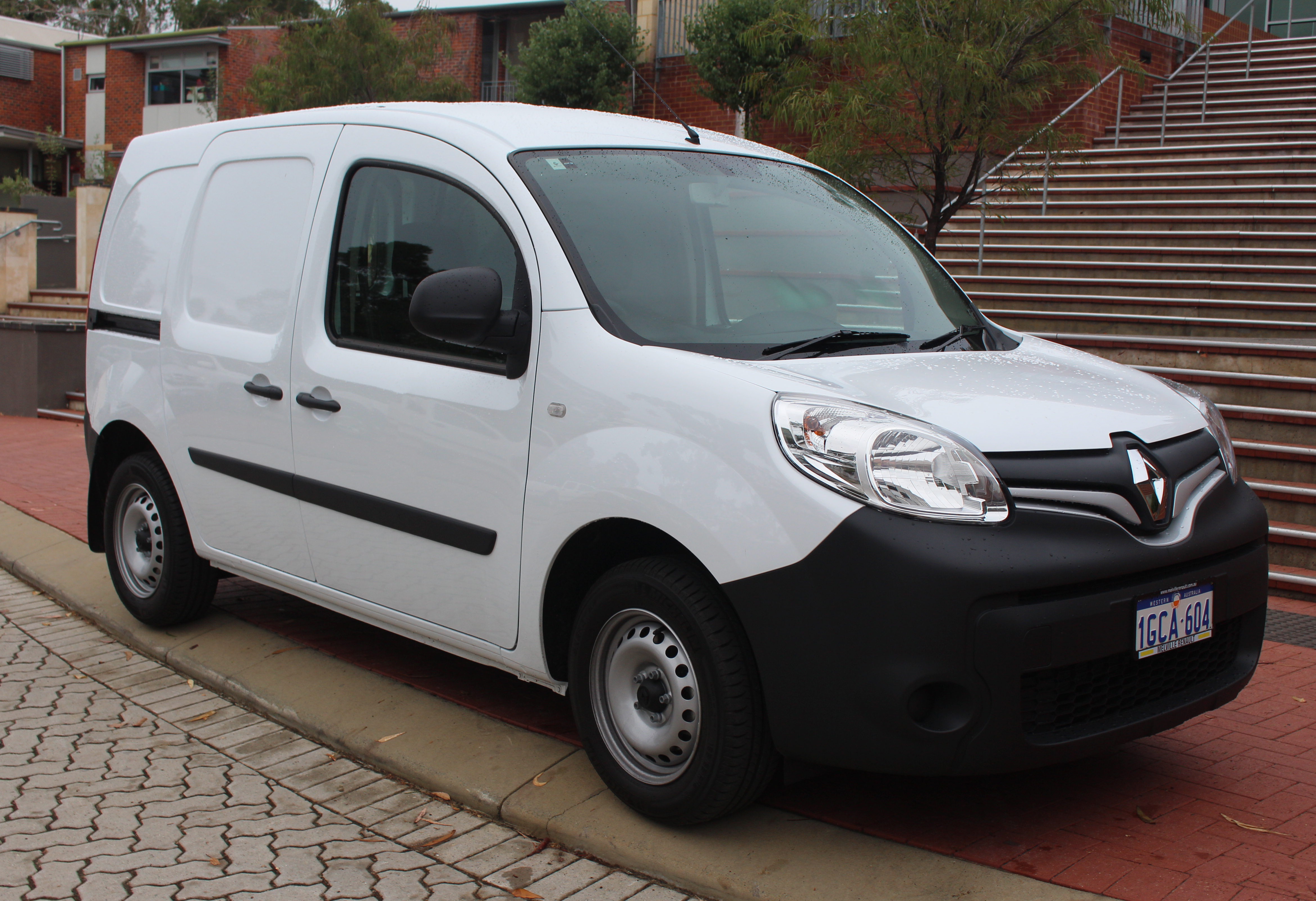Climate change is increasingly making itself felt through heavy rain events.
What is the recommended practice for driving an 13 when flood waters of various depths are encountered - and why?
Clearly if water remains below the level of the sill then proceeding is OK, but what about levels above this?
What is the recommended practice for driving an 13 when flood waters of various depths are encountered - and why?
Clearly if water remains below the level of the sill then proceeding is OK, but what about levels above this?


































![Electric Spin Scrubber, [IPX7 Waterproof ] [50KG Torque] Shower Scrubber with 9 Brush Heads, 2 Speed Mode, 4 Adjustable Angles, Electric Brush for Cleaning for Bathroom Floor Tile (Gray)](https://m.media-amazon.com/images/I/51R1fR54smL._SL500_.jpg)
















